1.How to heat an canapy tent?
2.What is a commercial tent?
A commercial tent typically refers to a tent that is designed and manufactured for commercial or business purposes rather than personal or recreational use. These tents are often used for various professional applications and are constructed with durability, functionality, and specific features to meet the needs of commercial users. Here are some common examples of commercial tents:
Event Tents:
- These tents are used for hosting commercial events such as trade shows, expos, conferences, weddings, or other large gatherings. They are often large, sturdy structures designed to accommodate a significant number of people.
Canopy Tents:
- Commercial canopy tents are commonly used for outdoor events, promotional activities, and product displays. They are portable, easy to set up, and can provide shelter and branding opportunities for businesses.
Industrial Tents:
- Large industrial tents are used by businesses for warehousing, storage, manufacturing, and other industrial purposes. They are often durable, weather-resistant structures that can be customized based on specific business needs.
Construction Tents:
- Construction companies may use commercial tents as temporary structures for on-site offices, storage of equipment, or as shelters for workers during projects. These tents are designed to withstand outdoor conditions.
Hospitality Tents:
- Some businesses in the hospitality industry, such as hotels and resorts, use tents for outdoor events, dining areas, or as additional space for guests.
Medical Tents:
- In emergency situations or for medical facilities requiring additional space, commercial tents can be used as temporary medical units. These tents are designed to provide shelter for medical activities.
Military Tents:
- The military often uses specialized commercial tents for various purposes, including field hospitals, command centers, and temporary living quarters.
Commercial tents vary in size, design, and features based on the intended use. They are typically constructed from durable materials to withstand frequent use and adverse weather conditions. When selecting a commercial tent, businesses consider factors such as size, portability, ease of setup, and the specific requirements of their commercial activities.
3.What sizes are available for custom tents with logo?
The sizes available for custom tents with logos can vary depending on the manufacturer and the specific type of tent. However, many companies offer a range of standard sizes to accommodate different needs. Common sizes for custom tents with logos include:
Pop-Up Canopy Tents:
- 5×5 feet
- 8×8 feet
- 10×10 feet
- 10×15 feet
- 10×20 feet
Event Tents:
- 10×10 feet
- 10×15 feet
- 10×20 feet
- 10×30 feet
- Larger sizes for events with greater space requirements
Custom Inflatable Tents:
- Sizes can vary widely, ranging from smaller sizes suitable for promotions to larger sizes for events and exhibitions.
It’s important to note that these sizes are just examples, and manufacturers may offer additional sizes or even produce custom sizes based on specific requirements. When looking for custom tents with logos, it’s advisable to check with the manufacturer or supplier to inquire about the available sizes and whether they can accommodate any specific size requirements you may have for your promotional or commercial needs.
4.What should I look for in an outdoor tent canopy?
5.What is the quality of the frame material of custom canopy tents?
The quality of the frame material is a crucial aspect of custom canopy tents, as it directly influences the durability, stability, and overall performance of the tent. Here are some common frame materials used in custom canopy tents, along with their characteristics:
Aluminum:
- Pros: Lightweight, resistant to corrosion, and durable. Aluminum frames are often used in high-quality custom canopies as they provide a good balance between strength and weight.
- Cons: Can be more expensive compared to other materials.
Steel:
- Pros: Known for its strength and durability. Steel frames are sturdy and can withstand heavy winds and rough handling.
- Cons: Heavier than aluminum, making the canopy more challenging to transport and set up.
Fiberglass:
- Pros: Lightweight and flexible. Fiberglass frames are suitable for smaller canopies and are less prone to rust.
- Cons: May not be as durable as aluminum or steel, especially in challenging weather conditions.
Powder-Coated Steel:
- Pros: Combines the strength of steel with a powder coating for additional resistance to rust and corrosion.
- Cons: Can still be heavy compared to other materials.
Hybrid Frames (Combination of Materials):
- Pros: Some custom canopy tents feature hybrid frames that combine materials like aluminum and steel. This approach aims to provide a balance of strength, durability, and weight savings.
- Cons: Cost and weight may still be considerations.
When assessing the quality of the frame material for a custom canopy tent, consider the following:
Thickness of the Material: Thicker frame materials generally indicate greater durability and strength.
Joint Construction: Pay attention to the construction of joints and connections. Reinforced corners and well-designed joints contribute to overall stability.
Coating and Finishing: Powder coating or other protective finishes can enhance the frame’s resistance to rust and corrosion.
Weight: Consider the weight of the frame in relation to your portability needs. Lighter frames are more convenient for frequent transport.
Ultimately, the choice of frame material depends on your specific requirements, budget, and intended use of the custom canopy. High-quality custom canopy manufacturers often provide information about the frame material used and its specifications to help customers make informed decisions.
6.What type of anchoring system is recommended for canopy with sides?
The type of anchoring system recommended for a canopy with sides depends on the specific conditions of the location where the canopy will be set up. Here are some common anchoring options for canopies with sides:
Stakes or Pegs:
- Ground stakes or pegs are a basic and commonly used anchoring method. They are suitable for soft surfaces like grass or soil. The stakes are driven into the ground through loops or grommets on the canopy and secured with tension.
Sandbags or Weights:
- If setting up the canopy on a hard surface like pavement, using sandbags or weights can be effective. Bags filled with sand or other heavy materials are placed on the corners and sides of the canopy to provide stability.
Auger Anchors:
- Auger anchors are corkscrew-shaped stakes that are twisted into the ground. They offer a secure hold, especially in softer soil. Canopies with sides can be attached to these anchors using straps or ropes.
Concrete or Weight Plates:
- For more permanent or semi-permanent installations, concrete blocks or specially designed weight plates can be used. These are placed on the corners and sides of the canopy to provide substantial stability.
Tie-Down Straps or Ratchets:
- Heavy-duty tie-down straps or ratchets can be used to secure the canopy to fixed objects like poles, trees, or structures. This method is versatile and suitable for various surfaces.
Screw-In Anchors:
- Screw-in anchors, similar to auger anchors, are twisted into the ground. They provide a strong hold and are suitable for different soil types.
Cable and Tension System:
- A cable and tension system involves using cables connected to the canopy frame and anchored to the ground. This provides additional stability, especially in windy conditions.
Water Barrels or Containers:
- Filling large containers, such as water barrels or containers, and placing them on the sides of the canopy can provide weight and stability. This method is suitable for hard surfaces.
Concrete or Asphalt Screws:
- For canopies set up on hard surfaces like concrete or asphalt, screws designed for these surfaces can be used for anchoring.
Gazebo Leg Weights:
- Some canopies come with specially designed leg weights that attach directly to the canopy legs. These weights add stability without requiring additional anchoring tools.
When selecting an anchoring system, consider factors such as the type of surface, wind conditions, and the intended duration of use. It’s often recommended to use a combination of anchoring methods for added stability, especially in challenging weather conditions. Additionally, following the manufacturer’s guidelines for anchoring the specific canopy model is important to ensure safety and proper functionality.
7.How much do Personalized tents cost?
8.Is a white or black canopy tent better?
The choice between a white or black canopy tent depends on various factors, and each color has its own advantages based on specific needs and preferences. Here are considerations for both white and black canopy tents:
White Canopy Tent:
Reflectivity: White canopy tents are highly reflective, which means they reflect sunlight and heat. This can result in a cooler interior, making them suitable for events held in warm and sunny weather.
Visibility of Logos/Graphics: White provides a neutral background that allows logos, graphics, and text to stand out prominently. If branding and visibility are essential, a white canopy tent may be preferable.
Versatility: White canopy tents are versatile and can blend well with various event themes. They are popular for weddings, trade shows, and events where a clean and classic aesthetic is desired.
Temperature Control: Due to their reflective properties, white canopy tents tend to stay cooler in direct sunlight. This can be advantageous for outdoor events during hot weather.
Black Canopy Tent:
Absorption of Heat: Black canopy tents absorb more sunlight and heat compared to white ones. This can be beneficial in cooler weather, as the black color helps retain warmth under the tent.
Visibility of Stains/Dirt: Black canopy tents may be less prone to showing stains or dirt compared to white ones. This can be important for outdoor events where the tent is exposed to environmental elements.
Professional Appearance: Black canopy tents often convey a sleek and professional appearance. They are commonly used in events where a modern or sophisticated look is desired.
Contrast for Lighting Effects: Black canopy tents can create a strong contrast for lighting effects during evening events. They can enhance the impact of ambient or decorative lighting.
Considerations for Both Colors:
Event Theme: Consider the overall theme of your event. White canopy tents are versatile and can fit into a range of themes, while black canopy tents may be preferred for certain modern or upscale themes.
Branding Requirements: If you have specific branding requirements and need logos and graphics to be highly visible, a white canopy tent may be a better choice.
Weather Conditions: Reflective properties of a white canopy tent may be more suitable for hot and sunny weather, while a black canopy tent may offer warmth in cooler temperatures.
Personal Preferences: Your personal preferences and the ambiance you want to create play a significant role. Some people prefer the classic and clean look of white, while others appreciate the sophistication of black.
Ultimately, the choice between a white or black canopy tent is subjective and depends on your specific needs, event context, and aesthetic preferences. Consider factors such as visibility, temperature control, and overall ambiance to make the decision that best suits your requirements.
9.Can you sleep in a pop up canopy?
While pop-up canopies are designed primarily for temporary outdoor shelter, some people use them for camping or as a makeshift sleeping area. However, it’s important to note that pop-up canopies are not specifically designed for sleeping, and there are several considerations and challenges associated with using them as sleeping quarters:
Ventilation: Pop-up canopies may not provide adequate ventilation, which can lead to condensation and discomfort during sleep. Proper airflow is essential for a comfortable sleeping environment.
Privacy: Pop-up canopies typically have open sides, offering minimal privacy. If privacy is a concern, additional measures like adding sidewalls or curtains may be necessary.
Weather Resistance: Canopies are not designed to withstand extreme weather conditions. They may not provide sufficient protection from rain, wind, or cold temperatures, compromising your comfort and safety during sleep.
Ground Protection: Canopies are not equipped with a built-in floor. Sleeping directly on the ground may expose you to moisture, insects, and uneven surfaces. Using a ground tarp or camping mat is advisable.
Size and Space: Pop-up canopies are generally limited in size, and the available space may not be sufficient for a comfortable sleeping area. Consider the dimensions and whether it meets your sleeping requirements.
Durability: Canopies are designed for temporary use and may not be as durable as traditional camping tents. Continuous use for sleeping purposes might lead to wear and tear.
Safety Concerns: Using a pop-up canopy for sleeping may pose safety risks, especially if it’s not securely anchored or if there are open flames (such as heaters) inside. Ensure proper ventilation to prevent carbon monoxide buildup if using heating devices.
If you plan to sleep in a pop-up canopy, it’s crucial to take safety precautions and address the challenges mentioned above. Additionally, consider investing in a proper camping tent designed for sleeping, as it will provide better comfort, protection, and overall suitability for overnight stays. Camping tents are designed with features such as ventilation, weather resistance, and floor protection, making them a more appropriate choice for sleeping outdoors.
10.Can the height of the heavy duty pop up canopy be adjusted?
Yes, many heavy-duty pop-up canopies come with an adjustable height feature. The ability to adjust the height of the canopy is a convenient and flexible option that allows you to customize the canopy’s height based on your specific needs and the surrounding environment.
Adjustable height can be beneficial for various reasons:
Versatility: You can adapt the canopy to different spaces and events by adjusting its height. This is especially useful if you participate in various outdoor activities or attend events with varying space constraints.
Customization: The adjustable height feature allows you to tailor the canopy to suit your preferences. Whether you need more headroom or want to create a cozier atmosphere, being able to customize the height provides flexibility.
Weather Conditions: In inclement weather, such as strong winds or rain, adjusting the height can be a practical solution. Lowering the canopy can enhance stability in windy conditions, while raising it may provide better ventilation.
Visibility and Branding: For marketing or branding purposes, having the ability to adjust the height allows you to showcase logos, banners, or promotional materials more prominently. This is particularly relevant for commercial or promotional events.
When considering a heavy-duty pop-up canopy with adjustable height, it’s advisable to check the specific features and specifications provided by the manufacturer. Look for a canopy with a reliable and easy-to-use height adjustment mechanism, and ensure that it meets your requirements for stability and durability at different height settings.




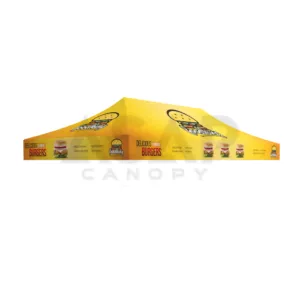
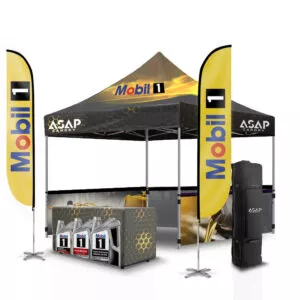


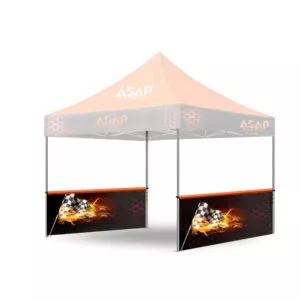
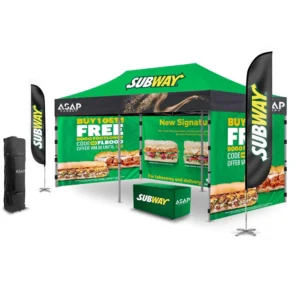

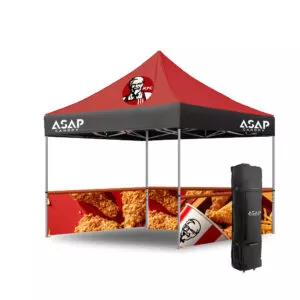
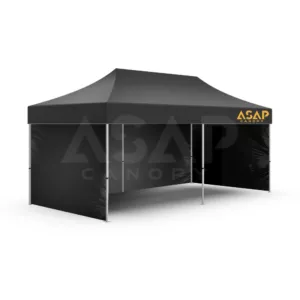



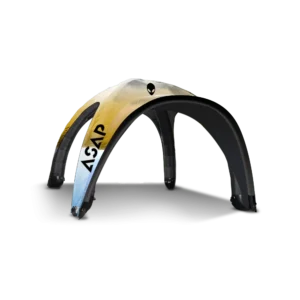

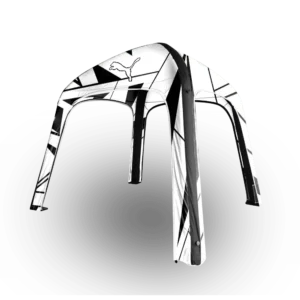



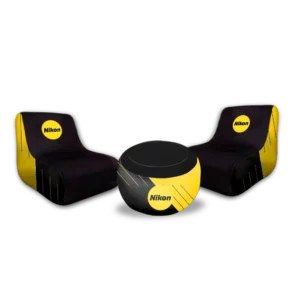




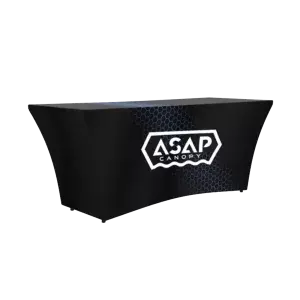

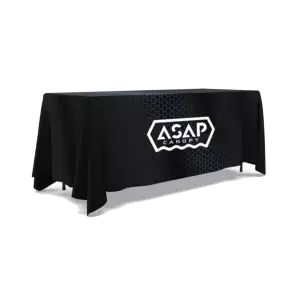





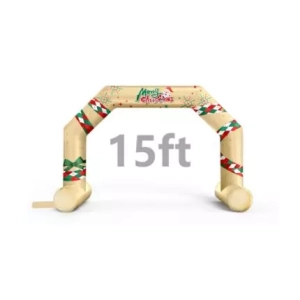





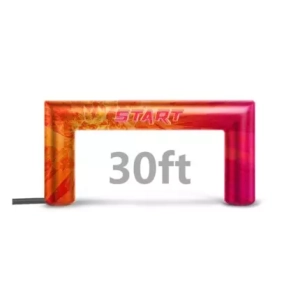





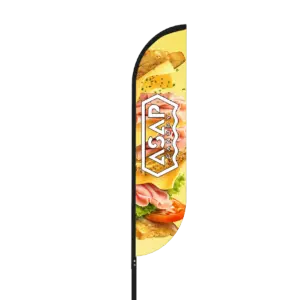


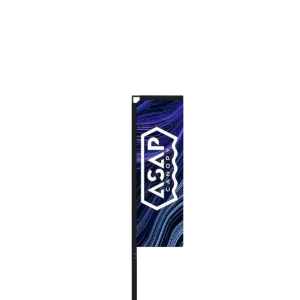

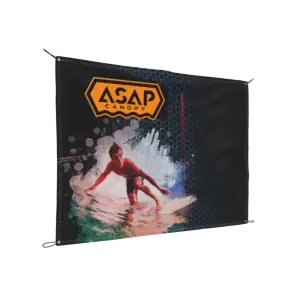
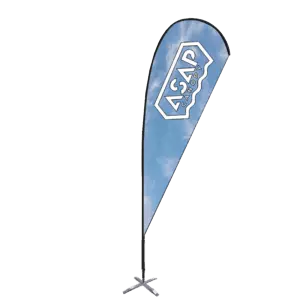

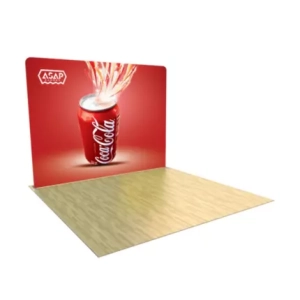

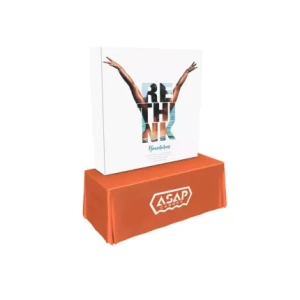
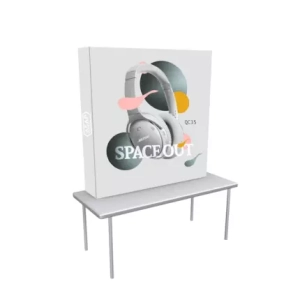
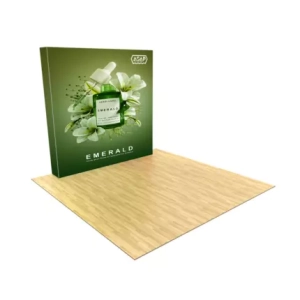


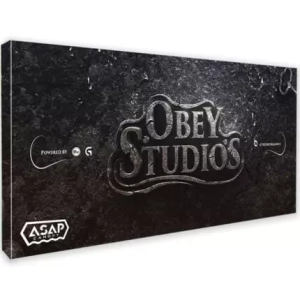
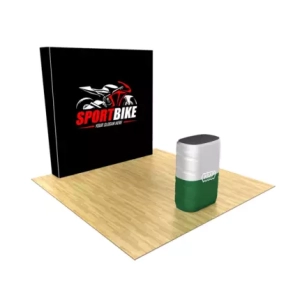


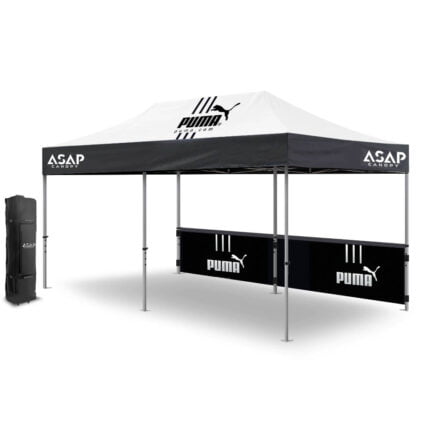



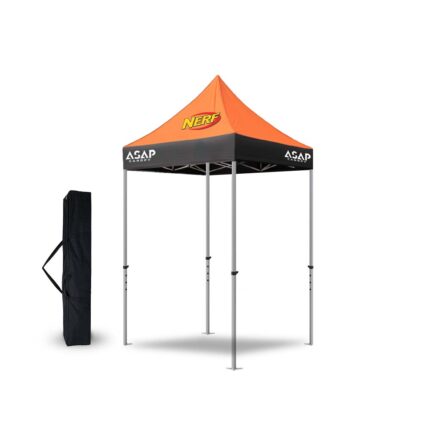
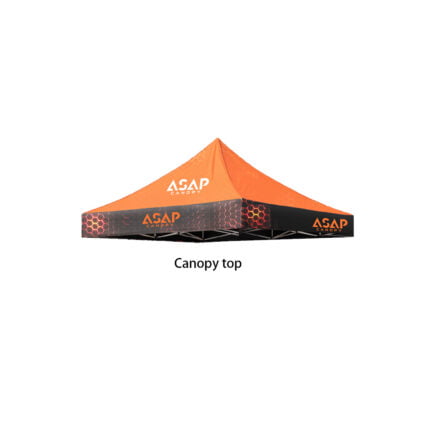


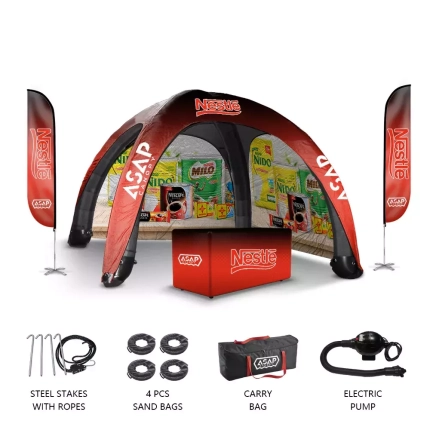


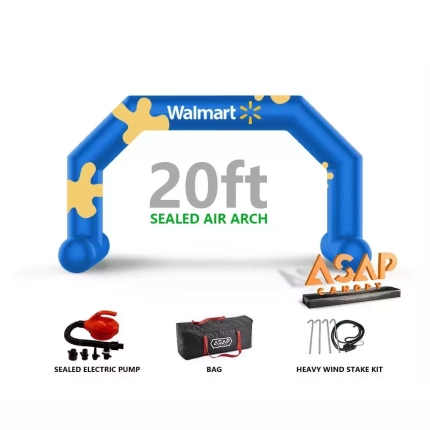

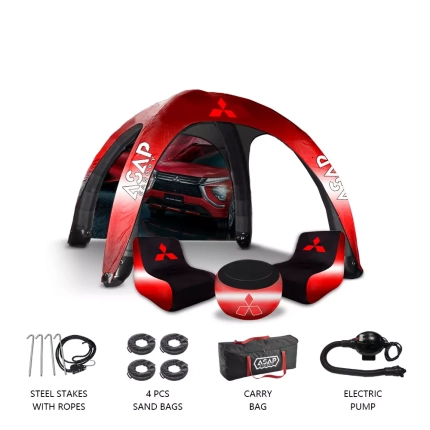

 5×5 Pop Up Tent
5×5 Pop Up Tent 6.5×6.5 Pop Up Tent
6.5×6.5 Pop Up Tent 10×10 Canopy Tent
10×10 Canopy Tent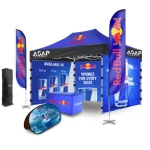 10×15 Canopy Tent
10×15 Canopy Tent 10×20 Canopy Tent
10×20 Canopy Tent Canopy Options
Canopy Options Blank Canopy Top
Blank Canopy Top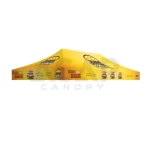 Canopy Top
Canopy Top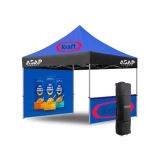 Canopy Walls
Canopy Walls Canopy Side Skirt
Canopy Side Skirt Blank Canopy
Blank Canopy Blank Canopy Kit
Blank Canopy Kit
 Inflatable Canopy Tents 10×10
Inflatable Canopy Tents 10×10 Inflatable Canopy Tents 13×13
Inflatable Canopy Tents 13×13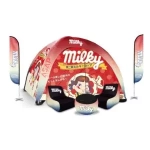 Inflatable Canopy Tents 16×16
Inflatable Canopy Tents 16×16 Inflatable Canopy Tents 20×20
Inflatable Canopy Tents 20×20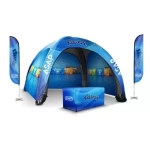 Inflatable Canopy Tents 23×23
Inflatable Canopy Tents 23×23 Inflatable Canopy Tents 26×26
Inflatable Canopy Tents 26×26 Inflatable Spider Tents
Inflatable Spider Tents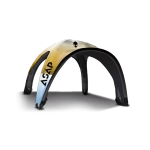 Inflatable Dome Tents
Inflatable Dome Tents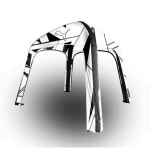 Inflatable Eclipse Tents
Inflatable Eclipse Tents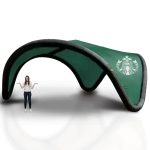 Inflatable Party Tent
Inflatable Party Tent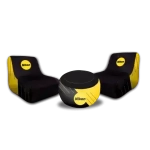 Inflatable Furniture
Inflatable Furniture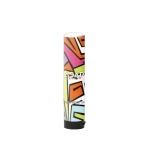 Inflatable Pillar
Inflatable Pillar
 Single Pole Star Tents
Single Pole Star Tents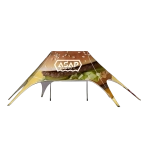 Double Pole Star Tents
Double Pole Star Tents
 15FT Inflatable Arches
15FT Inflatable Arches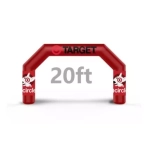 20FT Inflatable Arches
20FT Inflatable Arches 25FT Inflatable Arches
25FT Inflatable Arches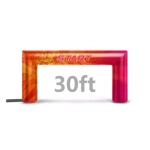 30FT Inflatable Arches
30FT Inflatable Arches 40FT Inflatable Arches
40FT Inflatable Arches 50FT Inflatable Arches
50FT Inflatable Arches Custom Constant Arches
Custom Constant Arches Custom Sealed Arches
Custom Sealed Arches
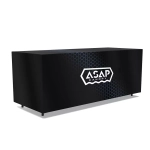 Fitted Table Covers
Fitted Table Covers Stretch-Fit Table Covers
Stretch-Fit Table Covers Loose Table Throws
Loose Table Throws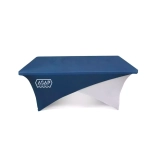 Cross-Over Stretch-Fit Table Cover
Cross-Over Stretch-Fit Table Cover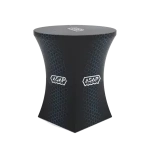 Round Stretch-Fit Table Cover
Round Stretch-Fit Table Cover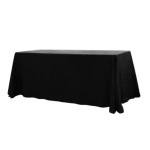 Blank Table Throws
Blank Table Throws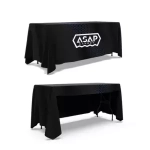 3-Sided Loose Table Throw
3-Sided Loose Table Throw Round Fitted Table Covers
Round Fitted Table Covers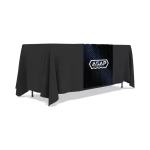 Table Runners
Table Runners Square Table Covers
Square Table Covers
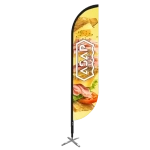 Feather Flags
Feather Flags Blade Flags
Blade Flags Feather Banner
Feather Banner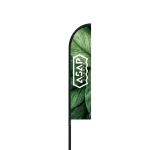 Blade Banner
Blade Banner Teardrop Flags
Teardrop Flags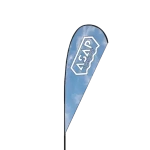 Teardrop Banner
Teardrop Banner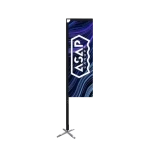 Rectangle Flags
Rectangle Flags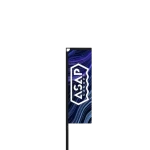 Rectangle Banner
Rectangle Banner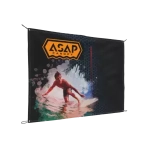 Mesh Event Banners
Mesh Event Banners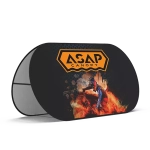 Pop Out Banner Horizontal
Pop Out Banner Horizontal Pop-Out Banner Vertical
Pop-Out Banner Vertical
 Trade Show Display
Trade Show Display Trade Show Display Kit
Trade Show Display Kit Pop Up Trade Show Display
Pop Up Trade Show Display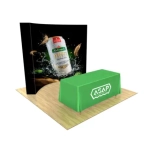 Pop Up Trade Show Display Deluxe Kit
Pop Up Trade Show Display Deluxe Kit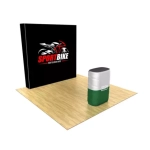 Pop Up Trade Show Display Kit
Pop Up Trade Show Display Kit TableTop Displays Kit
TableTop Displays Kit Pop Up Tabletop Display Kit
Pop Up Tabletop Display Kit Pop Up Tabletop Display
Pop Up Tabletop Display Tabletop Display
Tabletop Display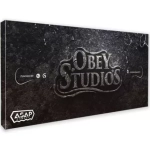 Straight Trade Show Exhibit Booth
Straight Trade Show Exhibit Booth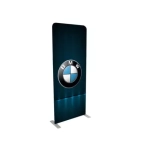 Banner Stand
Banner Stand
 Tent Accessories
Tent Accessories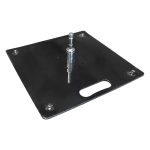 Flag Accessories
Flag Accessories Arch Accessories
Arch Accessories Trade Show Accessories
Trade Show Accessories
